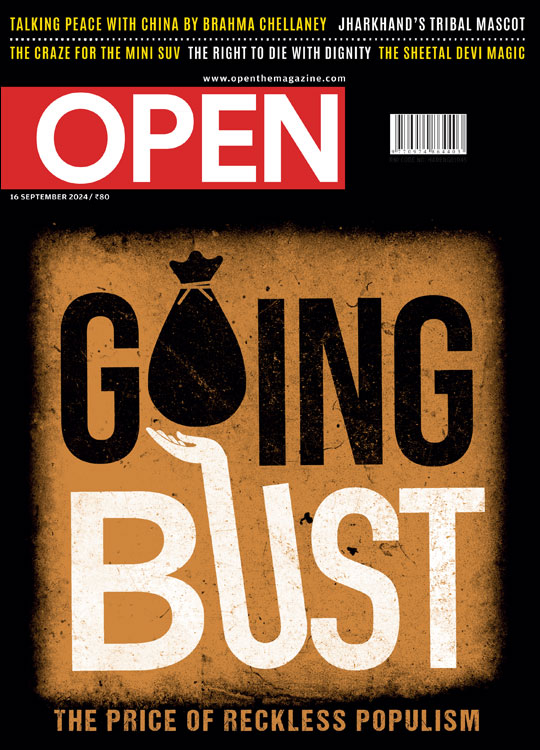
India’s medical device industry faces growth hurdles as US slaps 27% tariff, pharma exports spared
While the Trump administration has exempted pharmaceutical exports from India, the 27% tariff on medical devices is expected to hinder the growth of the Indian medical device industry.
In 2023-24, India’s medical device exports to the US stood at $714.38 million, whereas imports from the US to India were significantly higher at $1,519.94 million, according to data from the Export Promotion Council of Medical Devices.
The imposition of a 27% reciprocal tariff on Indian medical device exports to the US may pose a significant challenge to the sector’s growth, said Rajiv Nath, Forum Coordinator at the Association of Indian Manufacturers of Medical Devices (AiMeD), the umbrella organisation for Indian medical device manufacturers.
Historically, India has been a key supplier of cost-effective, high-quality medical devices to the US, particularly in low-value, high-volume consumables. However, the new tariff could impact exports, Nath said, adding that India must explore opportunities where the US seeks to diversify its supply chain dependence.
Comparative tariffs on medical device exports to the US:
India: 27%
China: 34%
Europe: 20%
Vietnam: 46%
Taiwan: 32%
Japan: 24%
South Korea: 25%
Switzerland: 31%
Indonesia: 32%
Malaysia: 24%
Turkey: 10%
“While India may gain a marginal price advantage over China (8%) in certain low-risk, high-volume consumables, the overall impact remains uncertain if our prices exceed a 15% difference. Further study is required to assess our competitiveness against other nations,” said Himanshu Baid, Managing Director of Polymedicure.
Despite tariff challenges, India's primary obstacle remains non-tariff barriers rather than tariffs themselves. Regulatory hurdles in the US are steep, with FDA approval costs ranging from $9,280 to over $540,000, while US exporters face minimal costs when entering India. Addressing these imbalances through bilateral collaboration is crucial, he said.
AiMeD has urged the Indian government to support bilateral negotiations for a balanced approach to tariffs and regulatory policies to position India as a competitive global player in the medical device industry. The global medical device market requires cooperative and fair trade practices, with equal attention to both tariff and non-tariff barriers to ensure industry sustainability in both India and the US, it added.
Meanwhile, the Trump administration has spared India's generic pharmaceutical exports to the US.
“India and the U.S. share a strong and growing bilateral trade relationship, with a shared vision to double trade to $500 billion under the Mission 500 initiative. Pharmaceuticals remain a cornerstone of this partnership, as India plays a vital role in global and U.S. healthcare by ensuring a steady supply of affordable medicines,” said Sudarshan Jain, Secretary General of the Indian Pharmaceutical Alliance (IPA).
The US is the largest importer of pharmaceuticals from India, with imports worth $8.73 billion in FY24. The market is crucial for leading Indian firms such as Sun Pharma, Dr Reddy’s Laboratories, Lupin, and Zydus Cadila.
According to healthcare data analytics firm IQVIA, the US healthcare system saved $219 billion in 2022 and $1.3 trillion between 2013 and 2022 due to low-cost generic medicines. Experts note that manufacturing costs in the US are five times higher than in India.


Leave a Comment